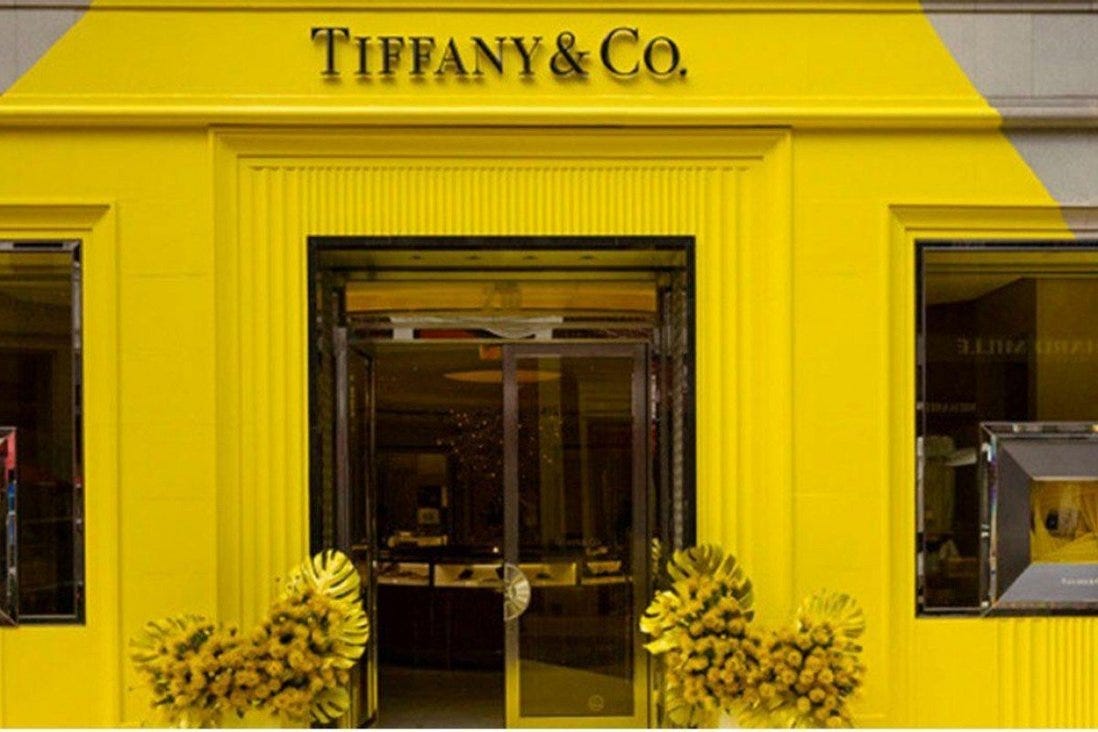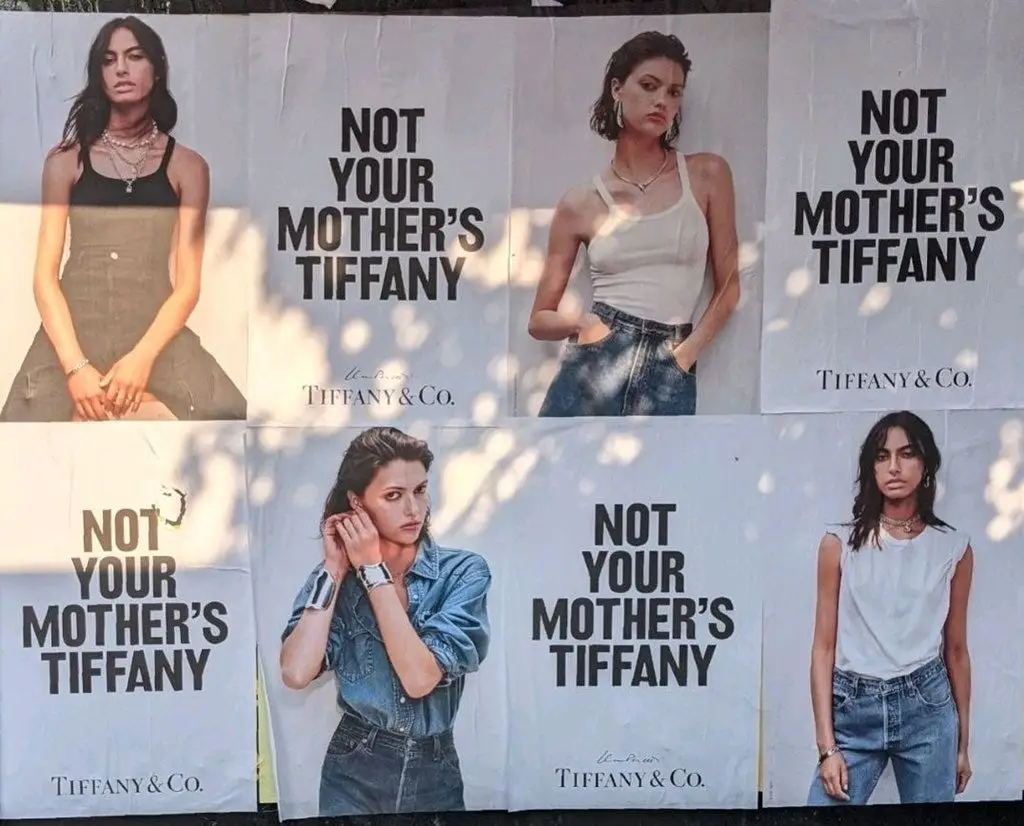This is Part II of the series, where I insist that we tell our personal stories more positively. The first edition focused on tweaking our stories to make them more ‘redemptive’. (Incase you missed reading the first part, check it out here)
Once we have crafted our redemptive story, it is important to keep it that way and not ‘contaminate’ it with negative versions. This edition discusses how to keep them clean from ‘contamination’. And it all starts right here, inside our own heads, by:
1.Managing self-talk
2.Managing context
3.Behaving our new story
1.Managing self-talk
Stop everything you are doing for 10 seconds.
Take three deep breaths.
Put your phone aside.
Close your eyes.
And listen.
There is a voice in your head saying things to you.
What is it saying?
Mine, at this very moment as I’m writing this, is an endless stream of disconnected thoughts, “my thumb hurts, maybe I should turn the air conditioning down… global warming… breath deeper and concentrate… hope people like this essay, no no its not good enough, I am not getting many hits on the website, but look how far I have come, I have another idea for an essay, should I leave this and start that instead? I’m thirsty, but too lazy to get up, I hope I have time to write even when my job gets busier…” on and on and on.
A large proportion of our self-talk is an endless drone of the negative or the mundane.
This is our monkey mind… of the mindless chatter fame. This voice berates us, creates doubt about what we are doing, and worries about what we did not do. In real life, we would walk away from a boss like this. And yet we listen to this voice in our head 24/7.
If we change this voice in our head, we can change our story.
That’s what I did with my stop-start fitness journey.
While I liked working out, I have never been able to build a regular fitness habit. I felt guilty and labeled myself lazy. But I changed the story in my head. I started telling myself I am an athlete and hired a personal trainer as a gift for myself on my birthday. I have been working out regularly, since August of this year.
Important to keep negative feedback loop in our heads from becoming our own worst nemesis.
2.Manage the context
Don’t underestimate context. Unless we are made of grittier stuff like Viktor Frankl, we will mold ourselves into our context. And we won’t even realize it.
The 1971 Stanford Prison Experiment turned perfectly normal students into psychopaths.
Professor Philip G. Zimbardo, who led these experiments said: “What happens when you put good people in an evil place? Does humanity win over evil, or does evil triumph? These are some of the questions we posed in this dramatic simulation of prison life conducted in 1971 at Stanford university. How we went about testing these questions and what we found may astound you. Our planned two-week investigation into the psychology of prison life had to be ended after only six days because of what the situation was doing to the college students who participated. In only a few days, our guards became sadistic and our prisoners became depressed and showed signs of extreme stress.”
Check out the unpalatable details of the experiment here.
Veolia Environmental Services (Mexico) broke free from its self-limiting context.
Old story— Waste Management
Veolia Environmental Services, is a B2B waste removal company. The story they told themselves was that their industry is ‘Unsexy’ and customers only want rational messaging. They limited their brand world to corporate buyers via faceless, boring transactions.
New story – Social Responsibility
They sponsored Wildlife Photographer of the Year and redefined the brand to stand for progressive and emotionally charged narratives on Wildlife and environment preservation. This new story resonated not just with corporate buyers, but also with authorities, employees and the public at large.

3.Behaving our new story
Behaviors create our new reality. Once we have written our new story, important for us to start behaving like so. Otherwise the new story will only live only on paper. Like the ambitious annual plans of a brand manager, written to impress the CEO and then left to gather dust in the top left hand drawer, while he launches last year’s marketing programs again.
Mimicry is a great way to start.
A criminal rehabilitation program, Changing Lives Through Literature (CLTL), worked with eight hardened criminals. They would read and then discuss a variety of books with the University of Massachusetts Dartmouth professor Robert Waxler.
One man talked about his identification with Santiago, the fisherman in Hemingway’s The Old Man and the Sea. He said that he sometimes felt the need to go back to drugs, but he remembered Santiago’s perseverance and stayed sober. Waxler writes, “It was not an exaggeration to say that a story had caught this student’s attention and perhaps saved his life that day.”
This program of changing realities through identification with fictional positive role models was a huge success. Rates of criminal activity declined by 60% amongst 600 participants, vs. 16 per cent in a control group.
Sometimes, it’s good to shake things up – Tiffany & Co.
Tiffany is rewriting its hundreds of years old story, to write a new one for the next hundred years.
Old story— 184-yr old iconic prestige jewelry
New story – 184-yr old iconic prestige jewelry made contemporary
Mark Ritson writes about Tiffany in MarketingWeek, “It is more famous for its history than its future”.
Robin Blue color typifies Tiffany & Co. just as bezel screens in iPhones. But new management from LVMH is slaughtering their sacred cows to propel Tiffany to the top of the luxury ladder and appeal to Gen Z.

On 1st April 2021, flagship stores were temporarily painted yellow.

Marketing experts comment that the move had four immediate impacts. First, free press coverage worth billions. Second, removing blue actually reinforced the power of Tiffany Blue. Third, the new launch of a Yellow Diamond product line became unmissable. Fourth and most importantly, this strategy strongly signaled the modern, confident and younger brand.

Behaviors get seeded only when they are consistent. So a month later, Tiffany launched a limited-edition sports products collection, only to be sold at their store in Harajuku (Japan). Traditionalists would call this blasphemy! But then traditionalists are not 18yrs old.

Then came the outdoor campaign. A literal and in-your-face attempt to appeal to younger consumers. Again, it earns billions of free publicity and gets noticed. Makes the brand look less precious, and youth hate self-important brands.

The learning? Important to behave like a new person, but strategically and consistently.
Write yourself a better story. The rest will follow.
